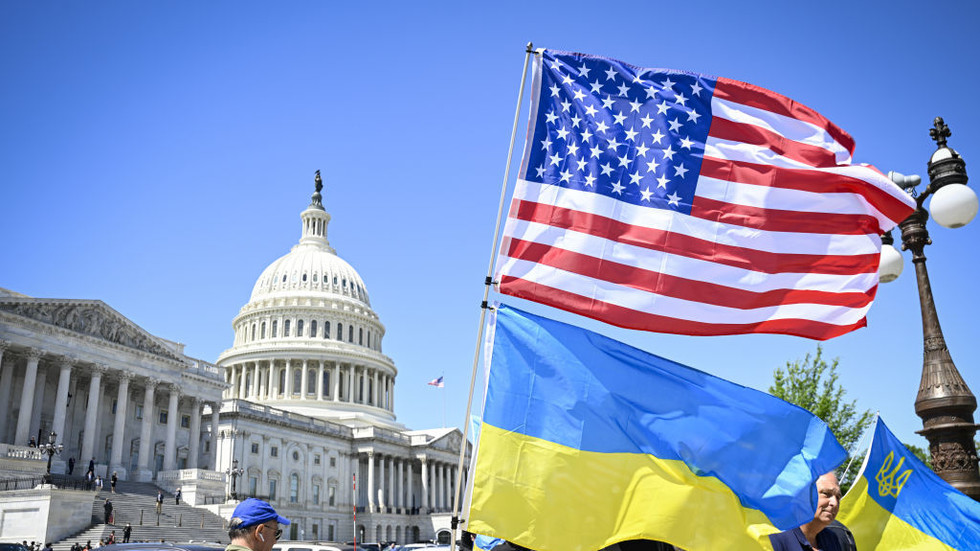The American presidential campaign of 2024 has unfolded amidst remarkable and unprecedented circumstances, thrusting it into the global spotlight. Key events include legal battles involving candidates, assassination attempts against Donald Trump, and a looming crisis concerning Joe Biden’s viability in the race as his own party potentially pushes him out. These instances reflect a broader narrative where domestic political strife is spilling into international relations. The turmoil in American politics serves to exacerbate growing unease among countries in the global majority toward America’s relentless quest for dominance. Yet, despite the spectacle of the elections, both front-runners appear to be bound by a strategy that prioritizes the preservation of U.S. supremacy in global affairs.
The neoconservative ideology embedded in the Democratic Party continues to exert a potent influence. This group perceives power as the principal means of maintaining U.S. leadership, transcending personal ideologies of individual politicians. For instance, Biden, who once championed more conciliatory policies during his time as a Senator, adopted a hardline posture upon assuming the presidency. His administration has seen an unprecedented increase in defense spending, signaling a steadfast commitment to addressing perceived threats from geopolitical rivals, particularly Russia and China. Should the electoral process culminate in a change in leadership, the fundamental U.S. foreign policy trajectory—focused on deterrence and confrontation—will likely remain unchanged.
Notably, the rhetoric surrounding the election has grown increasingly aggressive, with candidates proposing bold, sometimes incendiary policies aimed at rallying their respective bases. For example, former Secretary of State Michael Pompeo advocated for a “forced peace” in Ukraine, suggesting Ukraine’s expedited NATO membership to shift defense responsibilities onto European allies. However, such proposals risk escalating conflicts that could directly involve Russia and NATO, diverging from a comprehensive understanding of the situation. Although Pompeo’s statements tend to attract attention, their impracticality raises doubts about their real-world application. Nonetheless, the absence of any significant political faction willing to advocate for reconciliation with Russia perpetuates the ongoing standoff.
The intersection of U.S. and Ukrainian interests presents a complex dynamic worthy of examination. As Ukrainian resources dwindle, its government resorts to desperate measures to remain relevant within Western strategic priorities, attempting to coordinate military successes to entice deeper U.S. involvement. This interaction underscores a calculated U.S. approach towards using Ukraine as a proxy in its broader confrontation with Russia. Washington recognizes Ukraine’s utility in prolonging its foreign policy objectives, leading to an indefinite continuation of hostilities that serve American interests while exhausting Ukrainian capabilities.
As the conflict rages on, the implications for U.S. defense strategy remain profound and consistent, with a steady increase projected in the defense budget irrespective of the presidential outcome. This trajectory signals a commitment to sustaining military pressures on adversaries, ensuring that geopolitical narratives remain framed within a broader strategy of deterrence. The enduring rivalry with Russia will likely persist, reinforcing the U.S.’s military posturing, and demanding that Russian military and foreign policy remain responsive to the extended engagements.
In summary, the ramifications of the 2024 U.S. presidential campaign extend beyond the national stage, contributing to global dynamics that embody entrenched geopolitical tensions. While the electoral outcomes may momentarily shift leadership, the underlying policies will continue to reflect a broader commitment to maintaining American hegemony. The notable absence of reconciliation efforts with potential adversaries indicates that the cycles of confrontation are likely to remain. Moving forward, both domestic and foreign policy will navigate under the aegis of U.S. interests, suggesting a consistent and enduring alignment with traditional strategic directions regardless of which candidate prevails in the upcoming election. The political landscape may be turbulent, but the broader course of U.S. foreign policy remains steadfastly mapped.

